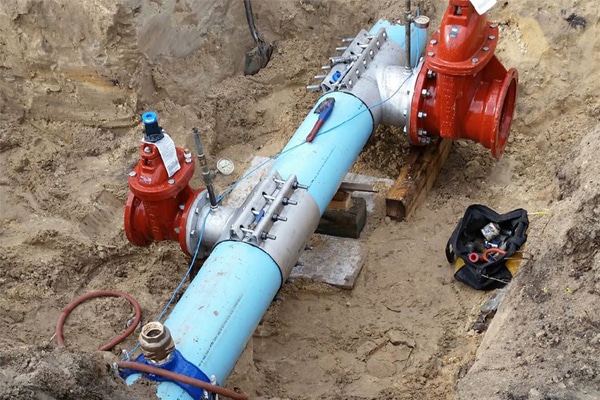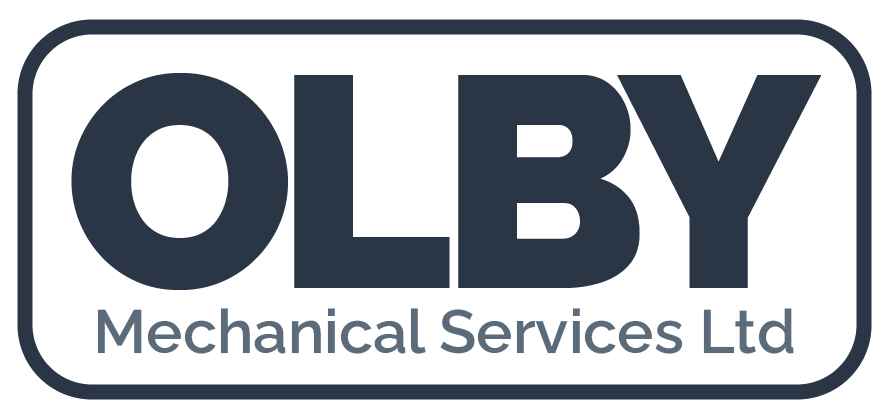In simple terms, hot tapping is a procedure used when pipelines are damaged or corroded, or additional branches or modifications need to be completed to modify the current network. Hot tapping connects to live pipelines whilst they remain in service, preventing the need for a full shutdown. This is very useful as it prevents huge costs for a full shutdown and limits dangerous environmental hazards.
What Industrial Hot Tapping Companies Do
The hot tapping procedure is a complex task, with strict rules that must be followed to ensure everyone’s safety. Hot tapping involves drilling or cutting into a live and pressurised pipeline usually using a specialised tapping machine, cutter, tap fittings and an isolation valve.
Hot tapping companies perform the initial cut of a section of the pipe commonly referred to as the coupon. The coupon and cutter are then withdrawn, with the coupon retained by u-wires attached to the main tapping machine.
The fluid flow inside the pipe can then be stopped by two consecutive hot tap locations being created and a by-pass arrangement made to maintain the regular flow in the pipe. The fluid present in the affected area is drained out using a vent or drain. The work is then completed using cutting or welding and installation of a new pipe piece.
Once the work is completed, fluid is returned between the two locations and the bypass removed, ensuring the pressure is maintained.

When Should Hot Tapping be Avoided?
Hot tapping should not be completed when the pipes contain a combustible or flammable substance, or contain acids, chlorides and other chemicals that may become hazardous from the heat of the procedure. It should also be avoided when the pipes contain pure oxygen, chlorine, or caustic.
Contact OLBY Mechanical Today
If you are interested in industrial hot tapping services, contact OLBY mechanical today to discuss your requirements.

